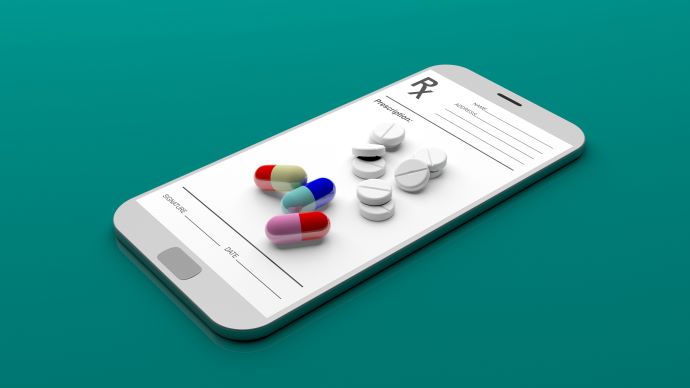Northwell Pilots Virtual Service to Help Evaluate Burns in Real-Time
Northwell Health is piloting a new virtual service that leverages video telehealth technology to support patient burn assessments.

Source: Getty Images
- Known as teleburn, Northwell Health is piloting the virtual service that uses video teleconferencing technology to evaluate burns while determining whether onsite care is feasible or a burn center visit is needed.
According to the American Burn Association, there were 486,000 burn injuries in 2016 that prompted medical attention.
Following its experience with telestroke and telepsychiatry services, Northwell Health is piloting a new telehealth service to enhance the assessment and treatment of burns. Known as teleburn, this service uses telehealth technology to enable remote assessments of patients through video.
“With this technology, we can have a quick evaluation by a physician who is miles away and who can help us make decisions about care and whether we need to transfer a patient to that site,” said Christopher Calandrella, DO, chair of emergency medicine at Long Island Jewish Forest Hills, the first Northwell hospital to implement teleburn, in a press release.
The initial rollout of teleburn will take place at Long Island Jewish Valley Stream and Long Island Medical Center in addition to the Long Island Jewish Forest Hills facility. This service allows emergency medicine doctors at the three Northwell Health Hospitals in Queens and Long Island to communicate virtually with specialists at the Regional Burn Center of Staten Island University Hospital.
Evaluating a burn includes multiple steps, according to the press release. After noting the size and depth of the burn, providers must consider whether the patient has a smoke inhalation injury and if the hospital has the necessary resources to treat the injury at hand. Those located at the burn center can use the teleburn camera to zoom in on and help emergency physicians evaluate a wound.
“With this technology we can tell pretty quickly the different depths of burns, how large the burns are and what the treatments should be,” said Michael Cooper, MD, director of the burn center, in the press release. “This information is vital to provide the most accurate assessment of a burn injury which can lead to the best outcome for the patient.”
The use of virtual tools to monitor and treat patients is a growing trend.
In April, the VA Office of Healthcare Innovation and Learning (OHIL) collaborated with Penumbra to develop and test virtual reality tools.
This partnership aims to address veterans' healthcare needs. Another driving factor of the partnership was the goal of increasing care access for veterans at community-based outpatient clinics and at home. Using virtual reality technology, the organizations aim to provide orthopedic services, neurorehabilitation, chronic condition management, and chronic pain management.
In addition, research from June indicated that patients with hypertensive disorders of pregnancy (HDP) benefited from a blood pressure home monitoring service.
Researchers arrived at this conclusion after conducting a study that involved 62 postpartum patients with various types of hypertension. All participants owned or obtained a blood pressure cuff, providing researchers with self-measured readings.
Researchers found that this intervention helped them determine the types of medication that a patient should receive along with the quantity. Most patients reached their goal heart rate after receiving further attention through the intervention.
